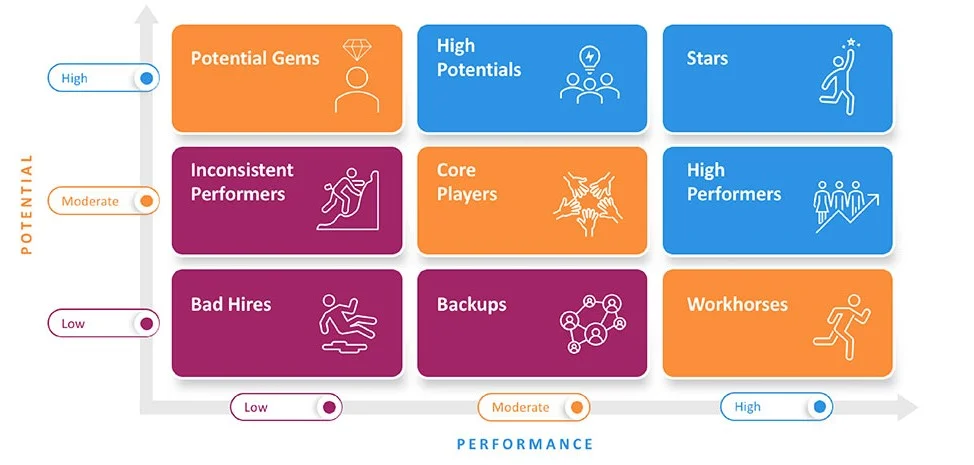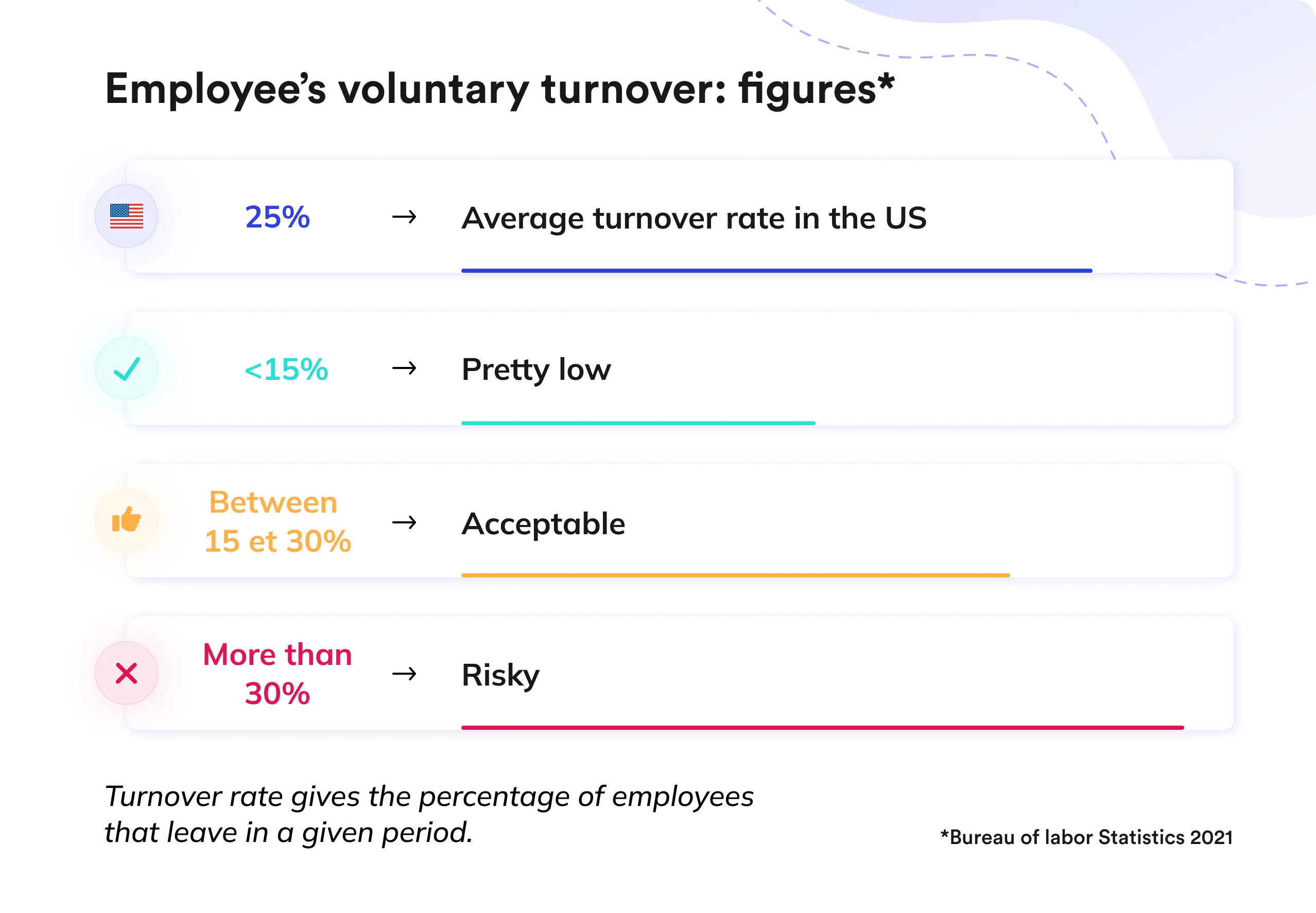High potentials (HiPos) are considered rising stars in companies. Be careful, however, not to turn them into shooting stars!
If they have been detected as “key elements” within your company, it is likely that they are also on the radar of other organizations. In the context of the ongoing war for talent, it is just as difficult to detect a high-potential employee as it is to retain him or her.
So how can we identify them and avoid letting them slip away? Here are some tips…
The challenge of retaining high potential employees
As we have seen, an employee with high potential is endowed with both skills technical skills that enable him to perform individually, but also with an emotional intelligence that often makes him a leader in the organization. They therefore often play a driving role in collective performance.
Consequently, retaining them is beneficial in all respects:
- To optimize the company’s results,
- To stabilize a team and curb turnover,
- To enhance your employer brand, talent attracts talent, recruitment costs are minimized… The loop is truly virtuous!
How to retain high potential employees?
Companies that bet on a "High Potential" destined to take over the reins of the business, cannot afford to ignore their support. HiPo programs exist. They help top talents reach their full potential fairly quickly. Some companies advocate an "on the job" approach, which is an on-the-job training that is considered more conducive to the employee's commitment.
We also need to feed the appetite of the talents on different aspects:
- To ensure a participative management and to make them actors of their missions.
- Give them the opportunity for continuous learning.
- Offer them a medium and long term career plan, as well as clear and real evolution possibilities (a change of job every 18 months seems to be the ideal pace!)
- Take into account their aspirations for well-being at work.
To conclude, let’s note that if your talent leaves the company after five years, it can be frustrating… In reality, your efforts will have paid off, because this is the average retention time of high potentials. It is their very essence to leave in search of new adventures… Without this; they would not deserve their HP title!
How to detect high potentials employees?
We propose a 3-step methodology to detect high potentials: identify their common characteristics, gather key information from the people review, and finally map these elements. How to detect high potentials. Here are the details of these 3 steps:
- Step 1: Create a profile of your organization’s high potential:
The needs differ according to the sector of activity, the level of responsibility, and the culture of the company. The skills technical skills will therefore always be specific. On the other hand, the qualities sought are often recurrent: creativity, resistance to stress, alertness, curiosity, ability to resolve conflicts, ambition, sense of communication, leadership, adaptability… In short, the wider the range of soft skills added to the hard skills, the closer one gets to being a high potential!
- Step 2: Gather insights from the people review:
This methodology allows HR, in collaboration with management, to list 4 elements during Career Committees:
- The distinctive skills
- Career skills
- Desired level of commitment
- The expected performance
- 3rdstep: Identify internal resources that outperform:
Once the repositories have been developed, it is sufficient to put the elements of the talent mapping into perspective with those of the portrait-robot, in order to work with management on identifying high potentials. HRIS programs specializing in the management of skills will also enable them to be identified more quickly thanks to various tools:
- The traditional ” 9 Box Matrix ” which allows to evaluate the potential of employees based on 2 dimensions: potential and performance
- Annual, continuous, skills or 360 degree evaluations,
- Analysis of the results… The “Far Above Expectation

This perspective of talent retention is to be challenged with new HR practices that are less top-down and more "participative". Discover the new practices that lead to agility in our White Paper "HR Agility".








